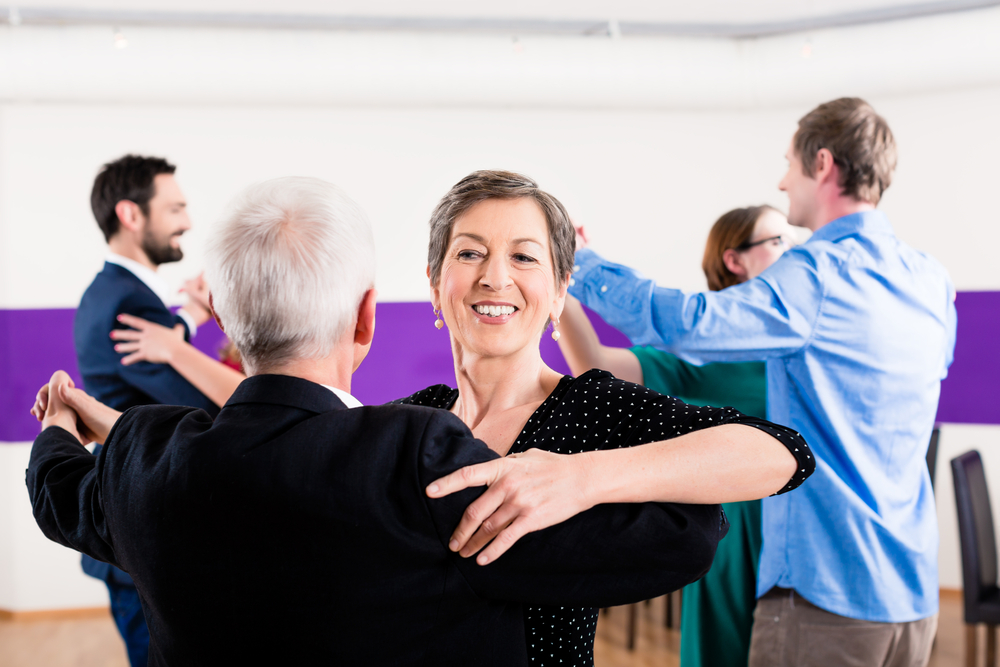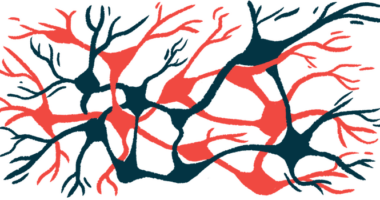Parkinson’s Patients Could Dance Their Way to Better Health

A recent article in the Harvard Gazette suggests dance as a potential treatment for neurodegenerative disorders such as Parkinson’s disease (PD).
Imaging studies have identified several brain regions involved in the complex, rhythmical, and coordinated movements that constitute dance. The motor cortex is — as with other kinds of voluntary movement — involved in planning, controlling, and executing dance moves.
The somatosensory cortex, as the name implies, is involved in processing sensory information, but it is also responsible for motor control. The basal ganglia connects with other brain regions to make movement smooth, and the cerebellum helps by combining brain and spinal cord signals to execute complex and delicate movements.
While many researchers want to know how our brain makes us dance, the effects of dance on the brain are a popular field of investigation. Many of these findings, not surprisingly, overlap with results from exercise studies, showing improved memory and increased neural connectivity in dancers.
Harvard Gazette specifically mentions a study in the high-profile New England Journal of Medicine demonstrating that dance lowered dementia risk. The study explored the effects of a long list of physical activities, including cycling, golf, swimming, and tennis, but found only dance to protect against dementia. According to the researchers, it was the combination of mental effort and social interaction that gave dance its unique neuroprotective aspect.
Another study found the dance Zumba improved mood, decision-making, and visual recognition, while additional studies point to beneficial effects of reduced stress, increased levels of serotonin, and improved cognitive skills such as executive function, long-term memory, and spatial recognition.
Parkinson’s disease researchers are among these investigators, and studies in PD patients show that gait and upper-extremity function is improved when patients are exposed to rhythmic auditory stimulation (RAS).
Daniel Tarsy, professor of neurology at Harvard Medical School and director of the Parkinson’s Disease and Movement Disorders Center at Beth Israel Deaconess Medical Center, sees dance as a form of RAS. Tarsy told the Gazette that PD patients “speak and walk better if they have a steady rhythmic cue.”
Peter Wayne, an assistant professor of medicine at Harvard, studies tai chi in PD patients. Tai chi was developed as a Chinese self-defense martial art but is now a popular form of exercise. Consisting of slow and balanced movements, it can be considered a ritualized, structured form of dance, he said.
According to the Gazette, research has shown that PD patients practicing tai chi had improved strength, flexibility, and cognitive performance, and a reduced risk of falls, compared to non-practitioners.
Dr. Tarsy has initiated several programs that offer tai chi, Zumba, yoga, and drumming for people with PD at the Beth Israel Deaconess. He said that it is not known if, and how, these programs will benefit the patients, but research evidence clearly points to the possibility that dance can stabilize the effects of the disease and slow the progression of motor complications.






